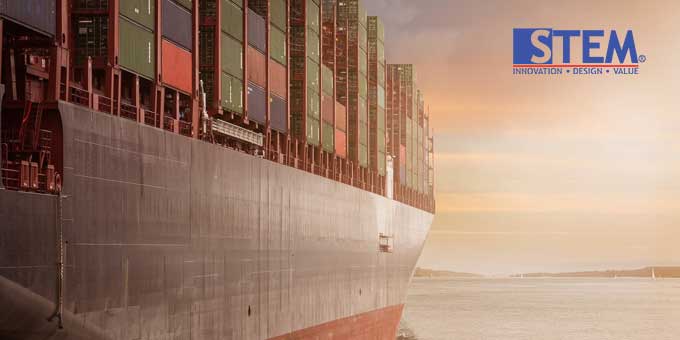Supply Chain Management (SCM) covers many things in an industry, from raw materials, payments from producers to distributors to sales at the lowest level (wholesale or retail).
Definition of Supply Chain Management
Supply chain management (SCM) is the process of planning, coordinating and controlling the flow of materials, information and resources from suppliers to manufacturers to wholesalers to small traders to consumers. It involves managing the entire process of procuring raw materials and components, manufacturing and assembling products, distributing them to customers, and managing the return flow of products and materials for reuse or disposal.
Supply Chain Management (SCM) Components
According to Rainer et al. (2016), the three main components of supply chain management are:
- Information management: This involves the collection, storage, and analysis of data and information related to the supply chain, such as demand forecasts, inventory levels, and transportation schedules.
- Product and service management: This involves designing, developing, and managing the production and delivery of products and services to meet customer requirements.
- Network management: This involves managing relationships with suppliers, manufacturers, distributors and other partners in the supply chain to ensure that products and services are delivered on time and cost-effectively.
These components work together to create an efficient and effective supply chain that can respond to changes in demand, optimize resources, and improve customer satisfaction.
The Main Purpose of Supply Chain Management (SCM)
Supply chain management aims to create customer value by efficiently and effectively managing the flow of goods, services and information from suppliers to end users. This includes optimizing the flow of materials, information and finance throughout the supply chain to reduce costs, increase responsiveness and improve customer satisfaction.
Supply chain management involves several activities, including:
- Procurement: the process of procuring raw materials and components from suppliers.
- Production: converting raw materials and components into finished products.
- Distribution: the process of getting finished products to customers directly or through intermediaries such as wholesalers or small traders.
- Logistics: the process of planning, coordinating, and managing the movement of goods and materials from one location to another.
- Customer service: the process of managing customer relationships and meeting customer needs and expectations.
Process or Stages of Supply Chain Management
Supply chain management is the process involved in planning, executing and controlling activities related to purchasing raw materials, production, marketing and delivery of final products to consumers. This includes managing the flow of goods, information and money from the source to the final consumer.
Supply chain management involves several stages, namely:
- Planning: this stage involves identifying and planning raw material requirements and production capacity to meet consumer demand.
- Execution: This stage involves the purchase of raw materials, production, marketing, and delivering the final product to the consumer.
- Control: this stage involves monitoring and controlling the flow of raw materials, finished products, and information throughout the production and delivery process.
Supply chain management can increase efficiency and reduce costs by optimizing the flow of raw materials, finished products, and information through the supply chain. It can also help companies improve customer satisfaction by providing the right product as needed and on time.
Supply Chain Management Strategy
Companies must have an integrated and measurable strategy to manage the supply chain effectively. Supply chain management (SCM) strategies that can be used are:
- Focus on customers: Companies must understand the needs and preferences of customers and ensure that the products and services provided are to these needs.
- Selection of the right suppliers: Suppliers are one of the important factors in the success of supply chain management. Companies must select reliable and high-quality suppliers to ensure smooth production processes.
- Coordination with suppliers: Good coordination with suppliers will help the company minimise costs and increase efficiency.
- Inventory management: Effective inventory management can help companies reduce costs and improve smooth operations.
- Optimize distribution: Efficient distribution can help companies reduce costs and increase customer satisfaction.
- Monitoring and measurement: Regular monitoring and measurement can help companies evaluate the success of their supply chain management strategy and make necessary improvements.
Supply Chain Management Conclusion
Supply or supply chain management is an essential process in managing the production, marketing and supply of products and services. The main objective of supply chain management is to optimize system efficiency and increase added value for customers and companies.
Companies must have an integrated and measurable strategy to manage the supply chain effectively. Several supply chain management strategies can be used: focusing on customers, selecting suitable suppliers, coordinating with suppliers, inventory management, optimizing distribution, and monitoring and measurement.
By managing the supply chain well, companies can minimize costs, improve smooth operations, and increase customer satisfaction. Thus, supply chain management is an integral part of a company’s success in managing its business.
Thus a complete review of supply chain management is. SCM can also be carried out within the company using the SAP Business One program. This program can monitor the amount of inventory and improve employee performance.
As explained above, this function is also required when implementing Supply Chain Management. And to meet the stock requirements required by customers, you can read how to manage an inventory system. I hope it is functional.


